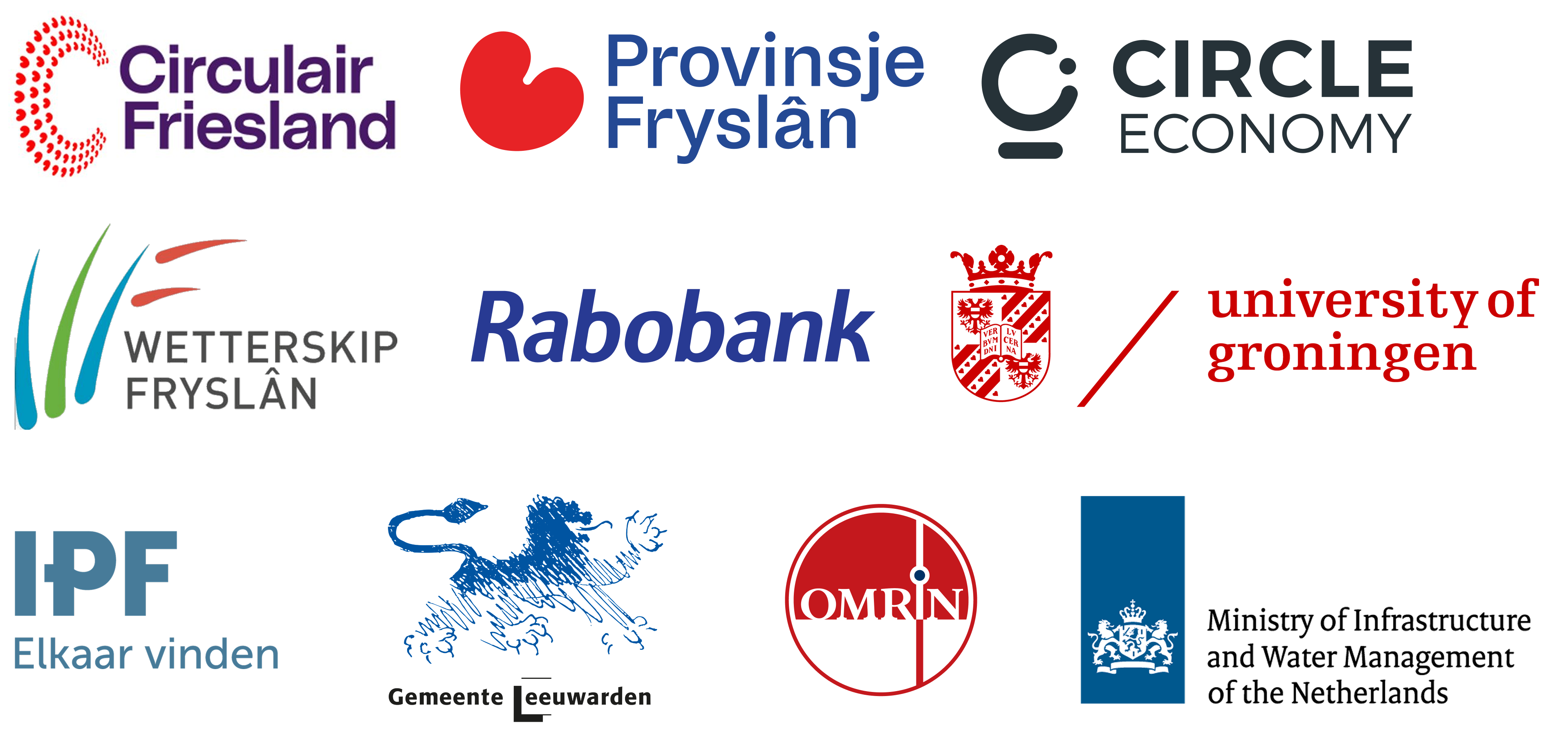Background
The world population is growing at an unprecedented rate and it does not look like this growth will slow down in the coming years. As a result, the demand for raw materials continues to rise, while the supply (the stock of raw materials) decreases. There is also more and more waste due to the large amount of products that roll off the assembly line every day.
 From a linear economy..
From a linear economy..
The economy as we know it today can be seen as a linear economy or an economy with recycling. In the linear economy, products are produced, consumed and then thrown away, without a new destination. The economy with recycling adds an intermediate step to this, in which residual flows are partly recycled.
Both economies are characterized by (mainly) one-way traffic from raw material to waste. This does not make them particularly sustainable or environmentally friendly.
 Towards a circular economy
Towards a circular economy
A sustainable and durable alternative to the linear economy is the circular economy. In the circular economy, existing raw materials are reused again and again, in the way that they are most valuable to the economy.
In an ideal circular economy, waste does not exist. For example, producers take back used products and use the residual flows to make new products. In this way, raw materials are used again and again. As a result, far fewer raw materials are needed in a circular economy than in a linear economy. In other words: the economic cycle is closed instead of open.
But a circular economy goes beyond raw materials and recycling. Issues such as sustainable energy, attention to the environment and biodiversity, health and culture also play an important role.
About CGR Friesland¶
Circularity Gap Report (CGR) Friesland is a joint initiative led by Circulair Friesland and Circle Economy to track the region’s progress toward a more circular economy while also serving as a replicable model for other areas. While most CGRs to date have focused on national or global levels, this report highlights the growing importance of regional action.
It also marks a milestone as the first CGR delivered in a fully digital format, making circularity insights more accessible, interactive, and adaptable to local needs. The monitor combines structured indicators—such as resource efficiency, waste reduction, and circular jobs—with on-the-ground case studies showcasing innovative local initiatives. These tools help policymakers, businesses, and communities assess progress, identify opportunities, and accelerate Friesland’s transition to circularity.
By aligning with the national goal of halving primary resource use by 2030 and achieving full circularity by 2050, Friesland positions itself as a frontrunner in regional implementation. The digital nature of the tool also enables comparison and collaboration across regions worldwide—sharing lessons, scaling solutions, and advancing the circular economy globally.
How to use CGR Friesland¶
CGR Friesland serves as a practical, evidence-based framework for tracking circular progress. Developed in Friesland but designed for broader application, it allows regions to benchmark their performance, develop their own monitoring systems, and compare results through structured indicators and real-world case studies. While the framework is intended to be replicable, it is grounded in the context of an industrialised, high-income region. As such, some assumptions—regarding infrastructure, governance, and resource availability—may not directly apply to all global contexts, and should be adapted accordingly. By demonstrating Friesland’s approach and sharing best practices, we aim to inspire and support other regions in building their own circular economy strategies.
By leveraging these insights, regions can identify synergies and opportunities to collaborate with Frisian businesses, creating mutual benefits and accelerating their own transitions to a circular economy. Additionally, the monitor encourages the exchange of best practices, fostering a global network of innovation and collaboration for a more circular world.
Partners¶
The success of CGR Friesland is driven by collaboration among local governments, businesses, and knowledge institutions. These partners contribute valuable data, insights, and success stories, strengthening Friesland’s transition.
A key factor in Friesland’s circular economy leadership is the commitment of local businesses, which invest in circular strategies not only for economic gain but also for long-term environmental and social well-being. Their engagement fosters innovation and cross-sector collaboration, creating a model for other regions. By showcasing this approach, the monitor aims to inspire similar partnerships and ambitious circular transitions elsewhere.
Further important partners include local governments, businesses, and knowledge institutions, which provide valuable data and circular success stories. What makes Friesland’s circular transition unique is the strong sense of responsibility felt by many local businesses for the future of the region. These businesses actively invest in circular strategies, not only for economic gain but also to ensure the region’s long-term environmental and social well-being. This commitment creates a foundation for innovation and collaboration across sectors, with all stakeholders—governments, businesses, and institutions—working together as motivated changemakers. By showcasing this collaborative approach, we aim to inspire other regions to develop similar monitoring systems and, more importantly, to take ambitious steps towards their own circular transitions.
